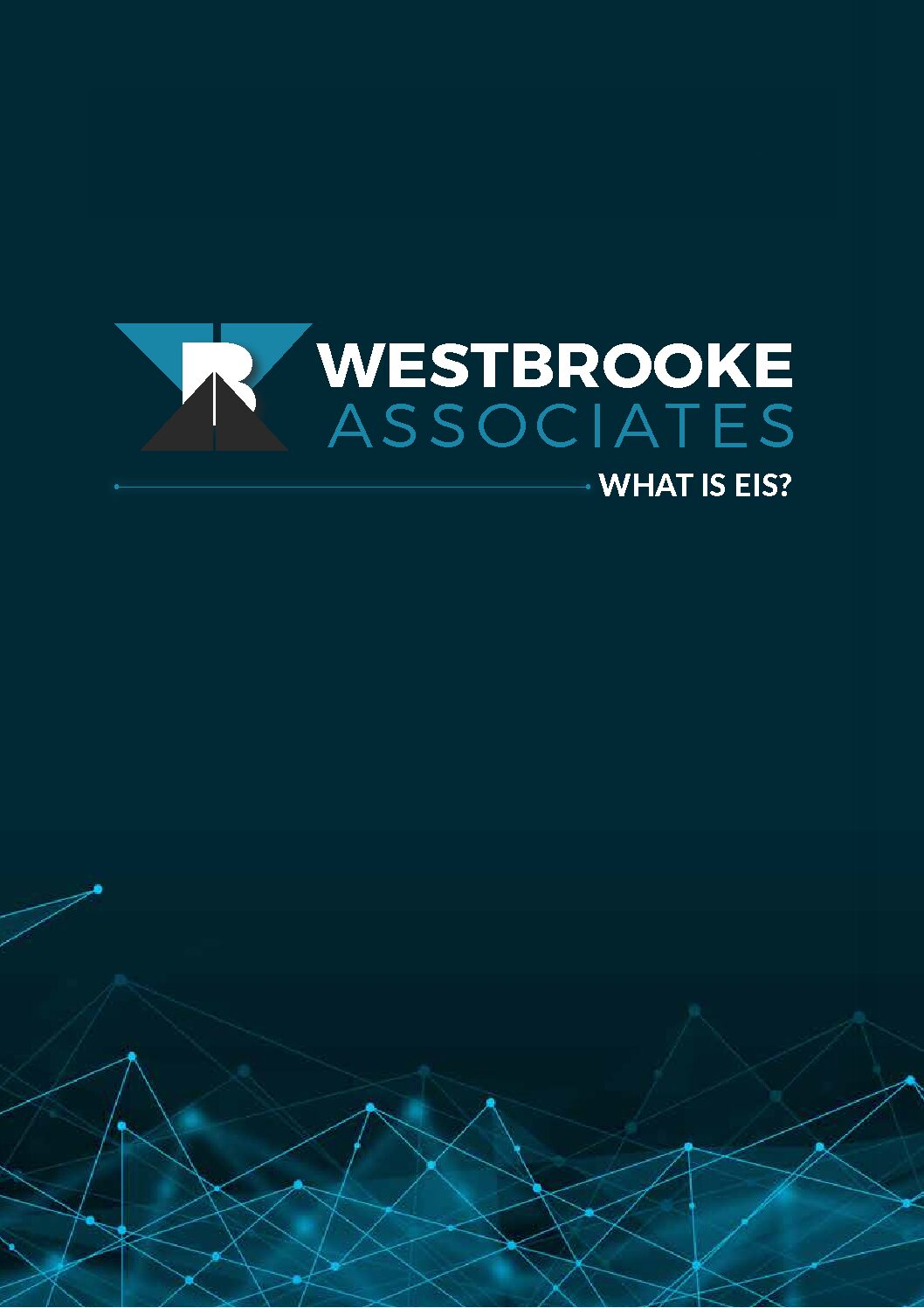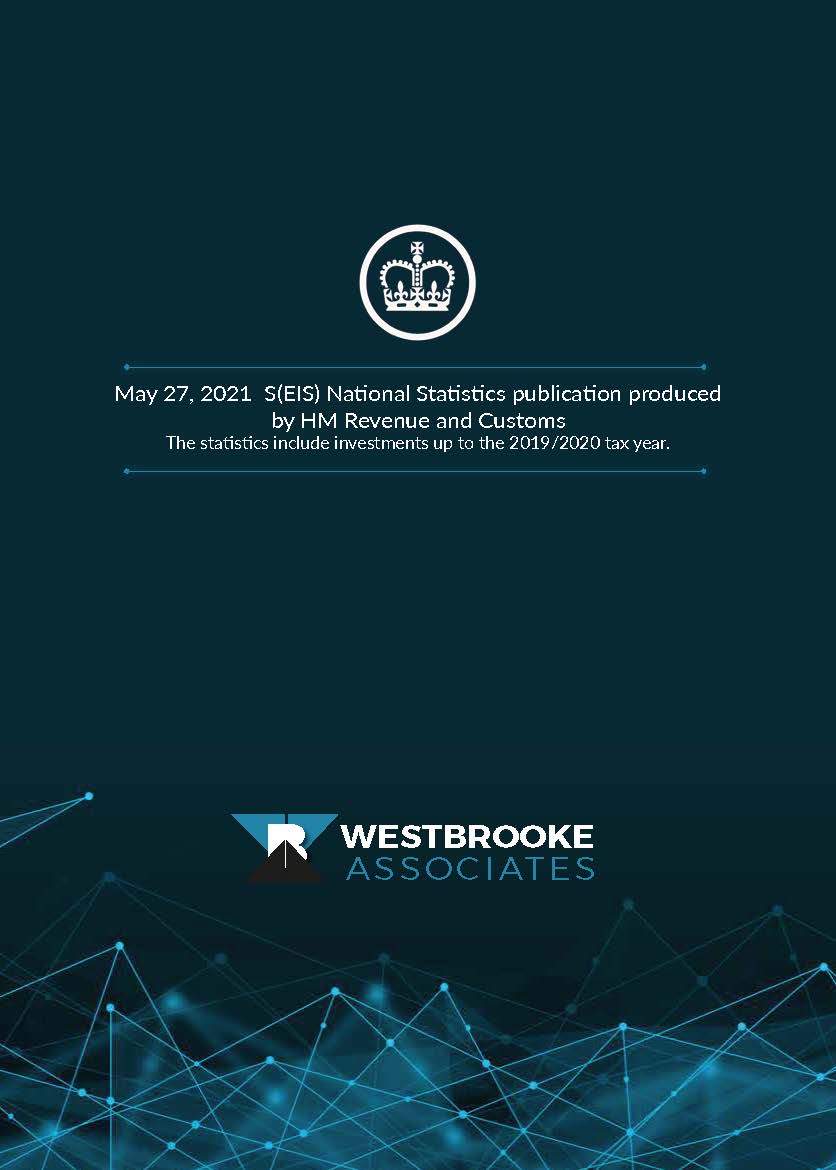The Enterprise Investment Scheme (EIS)
EIS In Bullet Points
The UK Government Enterprise Investment Scheme offers a number of tax reliefs to investors buying shares in small, private qualifying companies. The reliefs include:
- Claiming up to 30% income tax relief on investments up to £1 million per tax year
- Claiming against the current or previous tax year
- No Capital Gains Tax (if you dispose of the shares after three years)
- Capital Gains Tax Deferral on existing liabilities (on outstanding or those due within three years)
- Shares are exempt from Inheritance Tax (after two years)
- Tax relief if any losses are incurred (on share disposal) at your current, personal tax rate
Five Enterprise Investment Scheme Benefits Every Investor Needs to Know
Introduction to the Enterprise Investment Scheme(EIS)
For a long time, investors have been managing risk by distributing their eggs amongst numerous baskets, in order to build diverse investment portfolios. Since the government introduced the Enterprise Investment Scheme (EIS) in 1994, it has become even easier for investors to manage the risk on their investments. The EIS scheme offers investors the opportunity to engage with potentially very lucrative investments, whilst still retaining an acceptable degree of damage limitation over their cash.
In simple terms, the scheme works by incentivising individuals to invest in up-and-coming UK businesses which are not registered on the stock market and as such, generally carry a higher risk to investors. These incentives are tax related, whereby the government withholds many of the usual tax obligations in order to allow investors a more attractive risk-to-gain ratio on their investment.
Here are five benefits of the government EIS scheme:
1. EIS Investment Tax Relief
Even if you know very little about the EIS scheme, it’s likely you’ll have heard about the available 30% tax relief on all EIS investments—up to £1 000,000 in any tax year. This means that if you invested £50,000 under the EIS scheme, you can reduce your income tax bill by £15,000, in the year that you invest.
In order to benefit from this tax relief, you should retain your EIS 3 certificate and provide this to HMRC when completing your self-assessment tax return.
2. Capital Gains Tax Exemption
As long as you retain your EIS investment for at least three years, any profit you make after disposing of your investment will be exempt from Capital Gains Tax (CGT). Capital Gains Tax rates can vary from 18% to 28% (typically payable after an initial Capital Gains allowance of £11,000), so the potential saving from this exemption is significant.
Many EIS shares do make significant, stable profits over time and so investing in the right one over a period of 20 years, whilst being exempt from any CGT, could result in a very lucrative capital gain!
3. Offset your losses
Perhaps one of the most attractive aspects of the EIS scheme is the loss relief that it offers if it all goes wrong. Firstly, you should deduct the 30% tax relief allowance from your capital loss, as the government effectively give you 30% relief on your initial investment. Secondly, you’re able to offset the remainder against your tax for that year, at your highest rate of income tax.
So, for example: if your capital investment of £50,000 suddenly became worthless—you deduct £15,000 from the capital loss (initial 30% tax relief), leaving you with £35,000 of capital at risk. Furthermore, assuming you’re in the 45% tax bracket, you could then offset the £35,000 of capital against your other income, meaning that your actual loss would only be £19,250, rather than £50,000. Thereby, risk of loss is mitigated fairly well in an EIS investment.
As we’ve already suggested, the most sensible investors spread their cash over a wide variety of different investment products. Therefore, it’s not advisable to invest all of your funds in EIS investment opportunities, as even though the risks are managed, they could still result in substantial losses.
4. Backdate the Benefits to the Previous Tax Year
Another great benefit of this scheme is that the investment can be treated as if it were acquired in a previous tax year. Thence, the tax relief of 30% can be backdated to the previous year.
5. Inheritance Tax Relief
EIS investments are also completely exempt from Inheritance Tax after a period of two years, so long as the investor still owns the investment at the time of death. As almost every asset or investment is liable for Inheritance Tax, this exemption is a noteworthy perk of EIS investments.
Important EIS Restrictions
There are numerous important restrictions which you should be aware of before taking out an EIS investment. Some of the important ones being that—you can’t hold more than 30% of the company you’re investing in (as defined) and you also must not be employed by, or have any connection with, the company whose shares you’re investing in.
The other crucial thing to remember is that you must hold the shares for a minimum of three years to take advantage of any of the tax related benefits. If you don’t adhere to the three-year rule then tax relief will be withdrawn and this withdrawal will be backdated where applicable.
BROCHURES
Ready to learn more? Contact us with any questions or click on the links below to read our FREE guides.
EIS and SEIS are extremely important parts of the investment ecosystem. Since their inception, 52,000 start-ups have used the SEIS and EIS to secure nearly £27billion of investment up to 2021. It is thanks to EIS and SEIS that the UK has such a vibrant start-up scene, and many founders believe that they would not have got the private investment needed to grow their businesses without the schemes. The SEIS and EIS are the leading schemes of their kind. They are crucial to patient capital and have helped to position the UK as a world leader in innovation and entrepreneurship.


